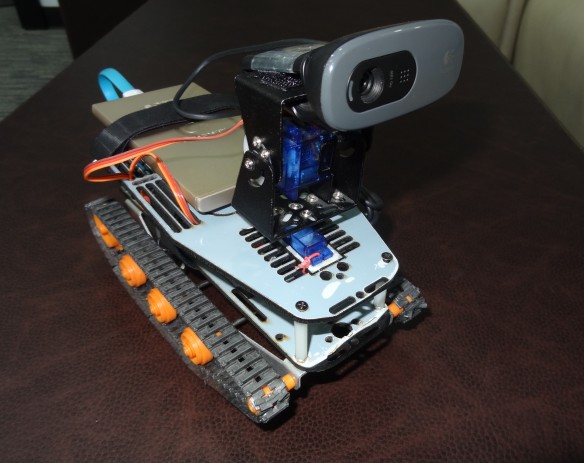With Data becoming a major Asset in the Internet generation, it has been stored at locations called Data Centers. Managing the equipments which hold the Data is simple as they are accessible over the Internet. If you are aware of how electronic peripherals work esp. related to computers, you will know that every once in a while they malfunction and need to be rebooted. The problem is that in most cases these devices don’t respond so rebooting them in a conventional way is not possible. The only way to restart them would be power cycling the device. This would not be much problem if you have a manned Data Center or you have remote hands and eyes support. The problem is when you have a malfunctioning equipment at a place where there is no one to look after it. At such times, an IP PDU (Internet Protocol Power Distribution Unit) can be very helpful. This is a Power Strip which you can control over the Internet to power cycle devices plugged into it. In this article, we will look into how to use an Arduino YUN to make an IP PDU aka IP Power strip aka IP Power extension. The reason I am making this is because with Arduino YUN “I have got the Power”.
Tag Archives: Yaler
Arduino YUN powered Home Surveillance Rover
In a previous article (Internet of things), we looked into how to make a Web Controlled Mobile Home Surveillance rover. In this article, we will look into how to optimize the previous rover in every ways possible.
Disadvantages of Rover V1
1) The cost of building the rover was exorbitant. There were many circuits involved which could have been avoided.
2) There was an additional cost involved and this was the power cost. In order to power these circuits, many power supplies were required because every circuit had different voltage and current requirements.
3) Another factor was that the HTML used to control the rover was coded without AJAX which meant every command required whole page load. This caused many requests to the Rover to be skipped as the Wifi shield was not able to handle it and controlling the rover was very difficult.
4) As the eye of the rover was through Raspberry Pi camera and control was through Arduino, the viewfinder and control page were different and hence navigating the rover was difficult.
Advantages of Rover V2
1) The cost of building the rover was brought down as instead of 4 boards (i.e. Arduino UNO, Arduino Wifi shield, Arduino Motor shield and Raspberry Pi), only 2 boards sufficed (i.e. Arduino YUN and Arduino Motor shield).
2) Power cost has been reduced as only 2 boards have to be powered.
3) Controlling the Rover has become very smooth as AJAX requests are very efficient and the YUN handles these very efficiently.
4) The viewfinder and Controls are on the same page using iframes.
Web Controlled Table Lamp using Arduino Yun and Yaler
Anyone reading the title will definitely wonder why a Table Lamp would ever need to be switched On or Off via the Internet. Well, until unless there is something so special with a Lamp being On or Off, there is no reason for a Lamp to be controlled via the Internet. The logic here is that if you can control a Lamp over the Internet, why not any other Electrical appliance? You can control your home cooling or heating, you can control home lighting when you are on vacation (to simulate that the house is still occupied), you can check whether you have kept an Iron switched On or not, etc. According to me, the biggest product Arduino has come out with is the Yun. It is like the controller meant for Internet of Things. Just add a relay to it and you can control any Electrical Appliance over the Internet. Continue reading

